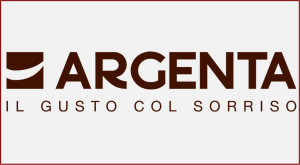The first attempt to provide a model of Team Development dates back to 1965 and is attributed to Bruce Tuckman (Developmental Sequence in Small Groups). Tuckman has identified 5 key phases for the development of a team able to face challenges and critical issues, identify solutions, plan activities and achieve the objectives set.
Forming: this is a phase that concerns the relational sphere, in which the team members put their specific backgrounds and roles in contact and start to relate. The task of the Project Manager at this stage is to transmit all the information clearly, especially with regard to the objectives to be achieved.
Storming: according to the objectives highlighted, the team members begin to communicate their ideas to compare them with those of others. At this stage the risk of a conflict during the confrontation of ideas and proposals is particularly high. The task of the Project Manager is to moderate the conflict to avoid altering the relational dynamics capable of destroying the group.
Norming: in this phase the team is already a team in which the objectives of the project prevail over the individual ones. The position differences are valued in order to optimize collaboration for the achievement of results.
Performing: the group consolidated the bond through collaboration and trust. In this phase it operates with a high level of productivity and reasons in terms of group objectives. Many teams stop in the previous phase, Norming, and never reach Performing.
Adjourning: in this phase the skills acquired working on the project, the objectives achieved and the critical issues resolved emerge. This last step has no effect on the current project but if managed effectively, it can be extremely useful for subsequent processes.




































